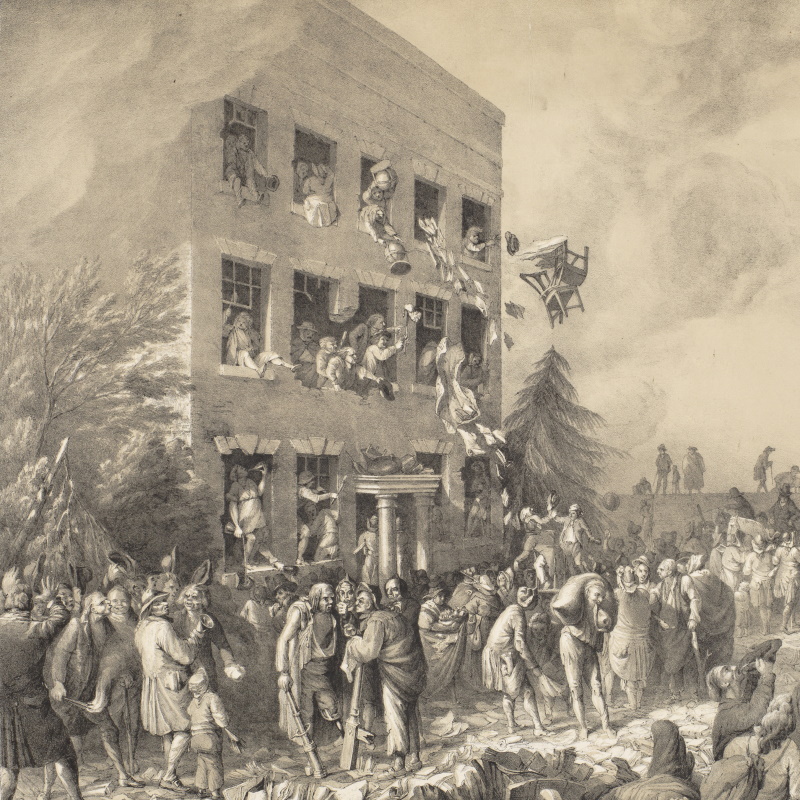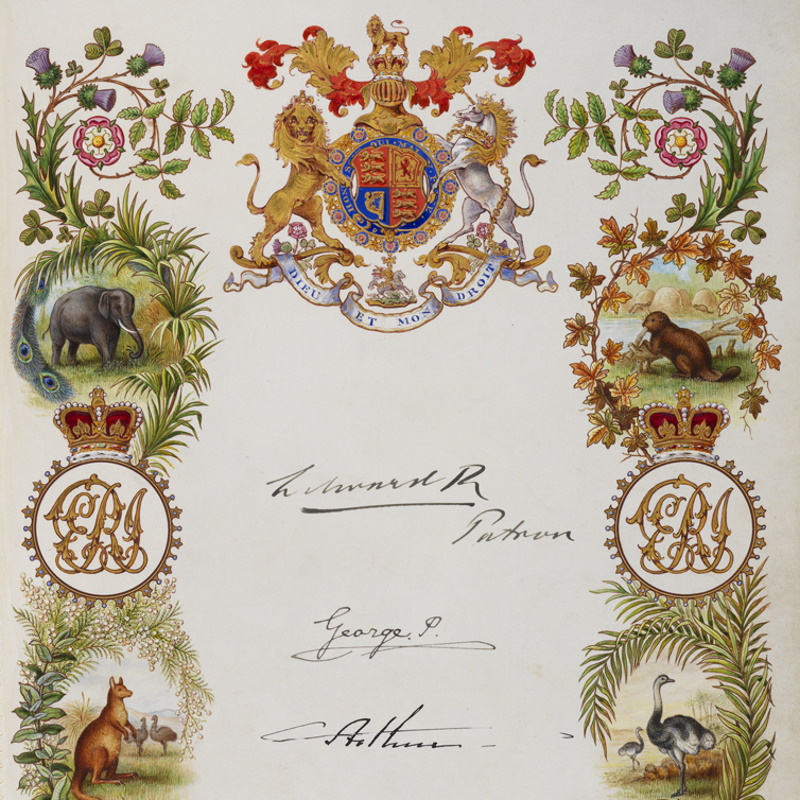Inspired by a Samuel Butler poem, Daniel Belteki finds some curious tales of animals and insects within the history of astronomy.
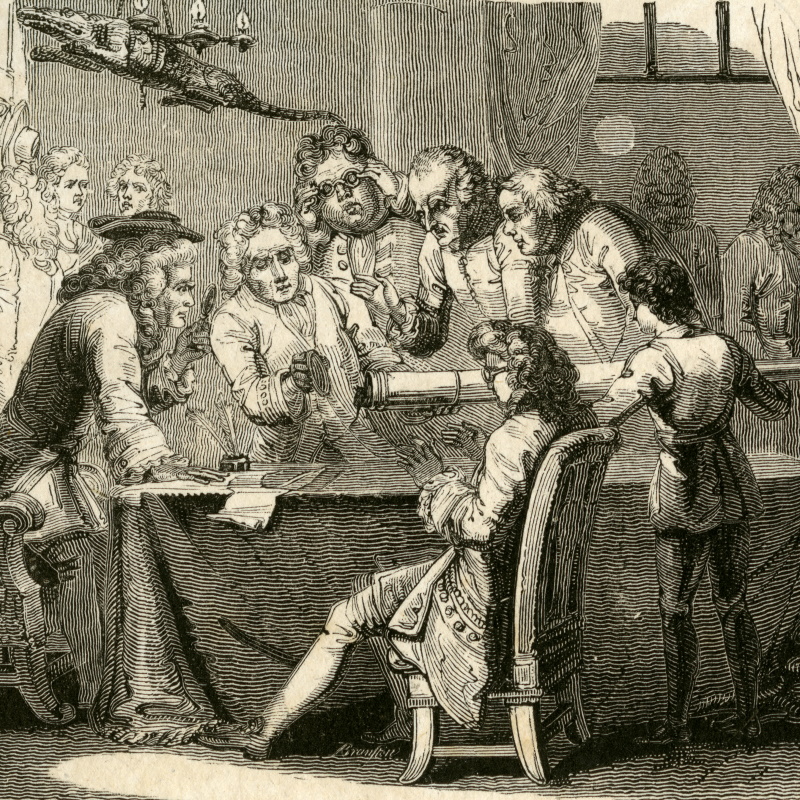
While searching for astronomical images for a recent project, I stumbled upon an illustration for Samuel Butler’s poem The elephant in the Moon.
Written around the time of the founding of the Royal Society, the verse satirises a meeting of a certain ‘Learn’d society’. It describes an imaginary gathering of scientific ‘virtuosi’ during which they observe the Moon with a telescope. Naively, they mistake a mouse inside the tube for an elephant on the Moon and flies for clashing lunar armies. Although humorous, Butler’s work did make me wonder whether there were any real stories about animals or insects within the history of astronomy.
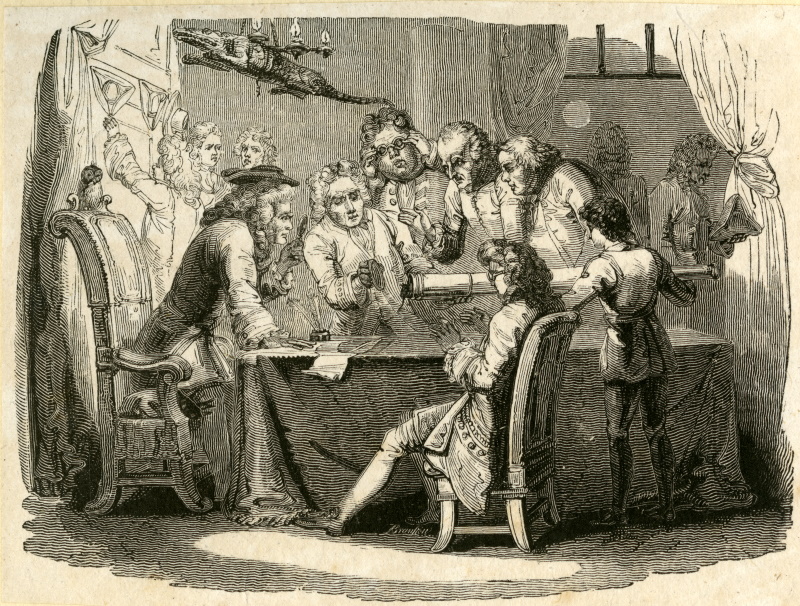 ‘A meeting of virtuosi’ by Allen Robert Branston, RS.13640
‘A meeting of virtuosi’ by Allen Robert Branston, RS.13640
I began by searching for references in the journals of the Royal Society. A report on an expedition to view the total solar eclipse of 1905 in Aswan, Egypt noted the numerous ‘spiders, lizards, scarabs, scorpions and other animals’ swarming around the astronomical equipment. Apparently one scorpion even managed to hide underneath a cloth covering a telescope, making the adjustment of the instrument a scary experience.
A record of the activities of the Kew Observatory in 1880 mentioned a very different engagement with animals. The entomologist Eleanor Anne Ormerod was given permission to observe the effects of freezing temperature on grubs. She did this by placing tiny insects into a chamber where astronomers usually tested the performance of instruments at artificially created low temperatures. The results of her findings - that some grubs can survive freezing temperatures – were included in her report on insects injurious to crops.
In the account of John Goldingham’s pendulum experiments carried out at Madras Observatory, we find a similarly curious passage. While creating the stand for the pendulum, parts of it were ‘coated with tar to preserve them from the white ants’ (termites). Although an illustration of the pendulum and its stand still survives (below), the tar-covered wooden blocks were inserted into the wall of the Observatory, so they are not visible in the image.
Goldingham was replaced in 1830 by Henry Glanville Taylor as director of the Observatory. Surprisingly, Taylor continued mentioning insects in his reports, but in a different way. He made the cases of clocks air-tight and deposited camphor (among other substances) around them to prevent infestations. Despite these measures, pests still found their way inside the cases. Taylor argued that the tiny creatures climbing over the delicate mechanisms accounted for one source of error that affected the reliability of his clocks.
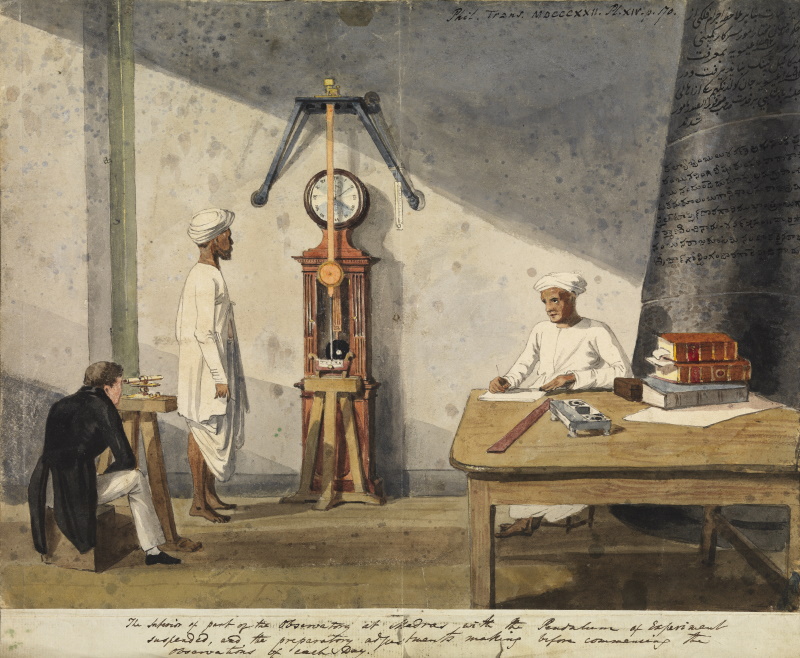 Madras Observatory interior by James Basire III, RS.8719
Madras Observatory interior by James Basire III, RS.8719
A quick browse through the Library’s book holdings yielded another interesting result. I noticed that the famous depiction of Tycho Brahe’s astronomical instruments shows a dog resting by the astronomer’s feet. Even more surprisingly, the dog was numbered and given a description just like the instruments. The English translation of the text reads:
‘In the last space, at the number 12, one of my hounds is lying at my feet. This dog was exceptionally faithful and sagacious and is shown in shape and size much as he was in life, a symbol not only of his noble race but also of sagacity and fidelity.’
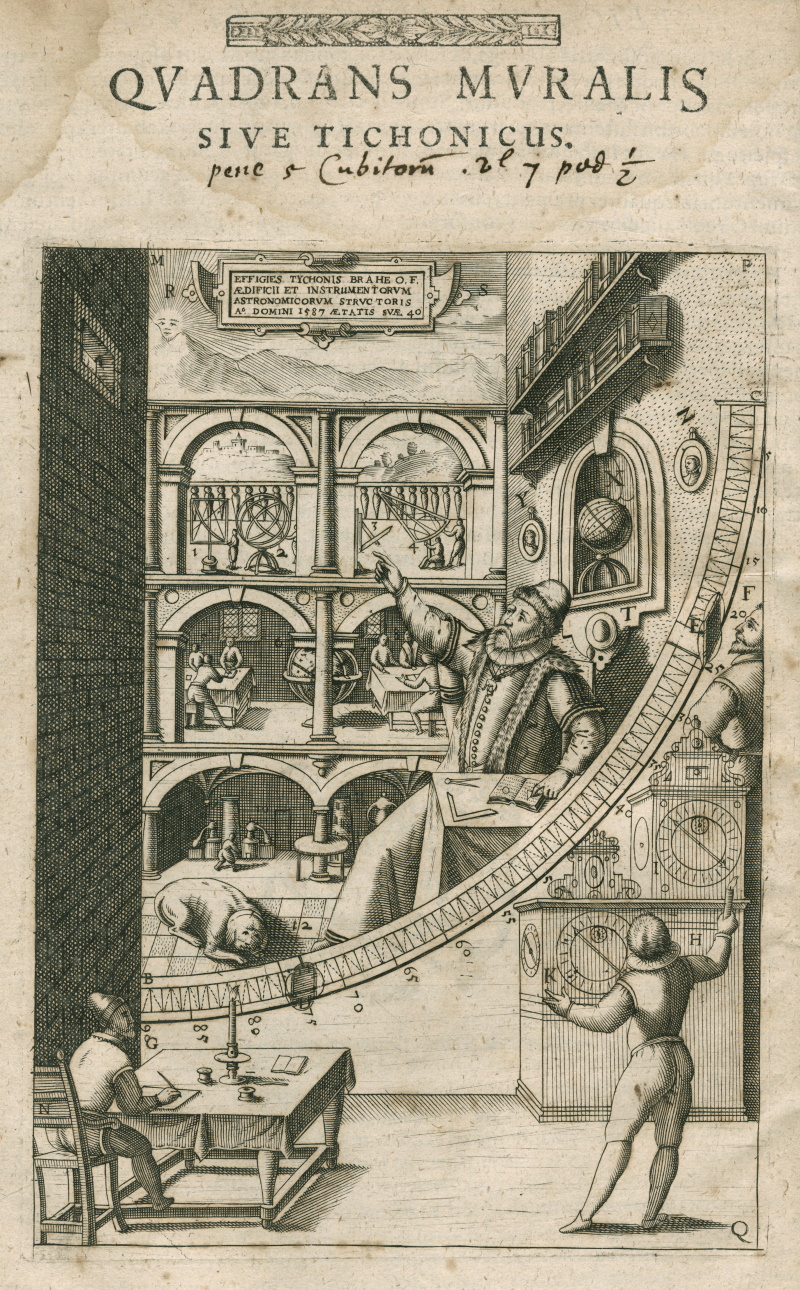 Tycho Brahe’s mural quadrant, RS.9129
Tycho Brahe’s mural quadrant, RS.9129
And did you know that Brahe was also fond of elk? According to one version of the story, Brahe wanted to send his elk to a nobleman as a gift, delivering it via the estate of a relative. While the elk rested on that estate, it accidentally wandered into the house, and ‘walked up the stairs into a room, where it drank so much strong beer, that it lost its footing when going down the stairs again and broke its leg, and died in consequence.’
Interactions between animals and astronomers are not limited to the pages of history. One of the books shortlisted for the 2021 Royal Society Science Book Prize, The last stargazers by Emily Levesque, dedicates almost an entire chapter to various contemporary encounters between animals and astronomers. The chapter describes how in observatories in Chile astronomers accepted tarantulas as co-habitants of their buildings. We learn about ‘the mothinator’ used at American observatories: a ‘combination of a lamp, a fan, and an industrial-sized garbage bucket that can fill to the brim with moth carcasses in a matter of days during peak moth season.’ Finally, there is the story of a surprise encounter between an astronomer and a black bear in the hallways of Apache Point Observatory. Apparently, both found the encounter frightening, one fleeing to the woods while the other retreated into the observing room.
We sometimes tend to view observatories as laboratories that aim to create ‘sterile’ environments within their walls. Yet examples from the history of astronomy demonstrate that animals have always found their ways into observatories. Brahe’s dog serves as an example of their intentional presence as pets, keeping astronomers company during long observing nights. In other cases, animals were intruders that annoyed astronomers and prompted the invention of contrivances and countermeasures.
With their recurring presence within the history of astronomy, one wonders why we’ve not heard more about animals and astronomers. Maybe the topic has always been the elephant in the room. Or perhaps it’s just a mouse mistaken for an elephant in the room.


